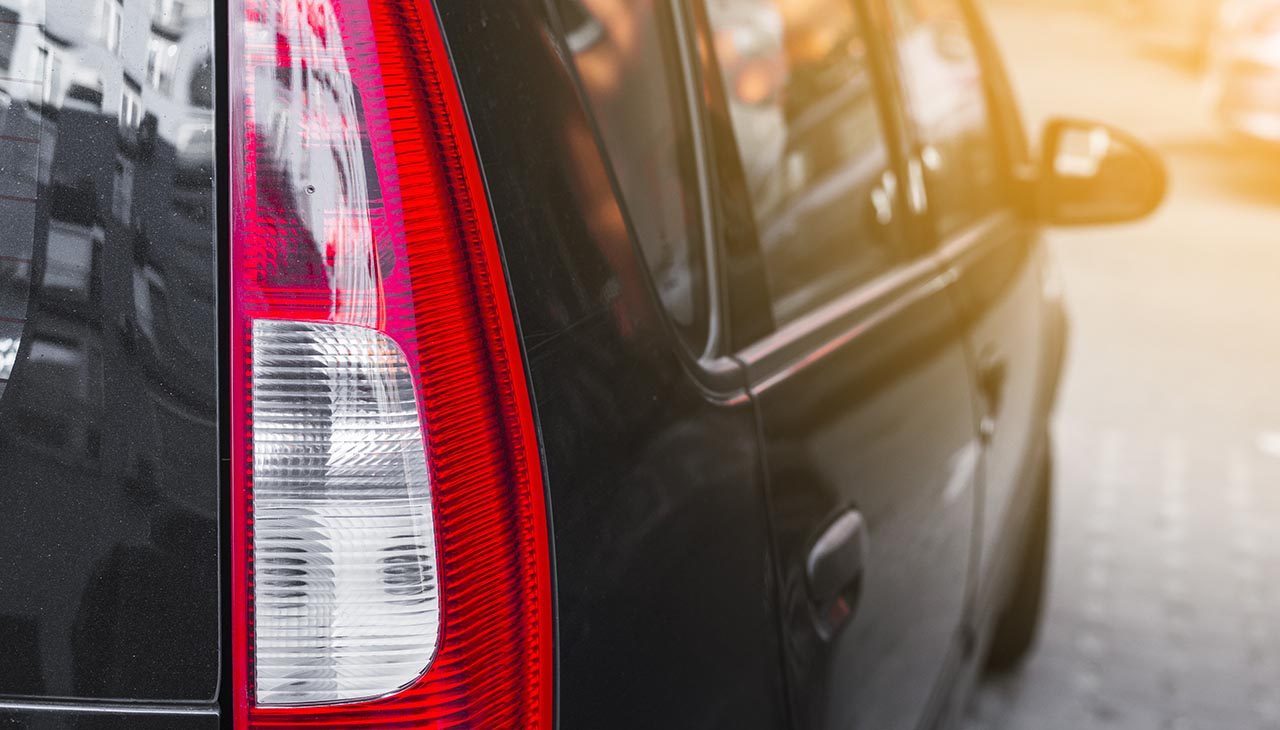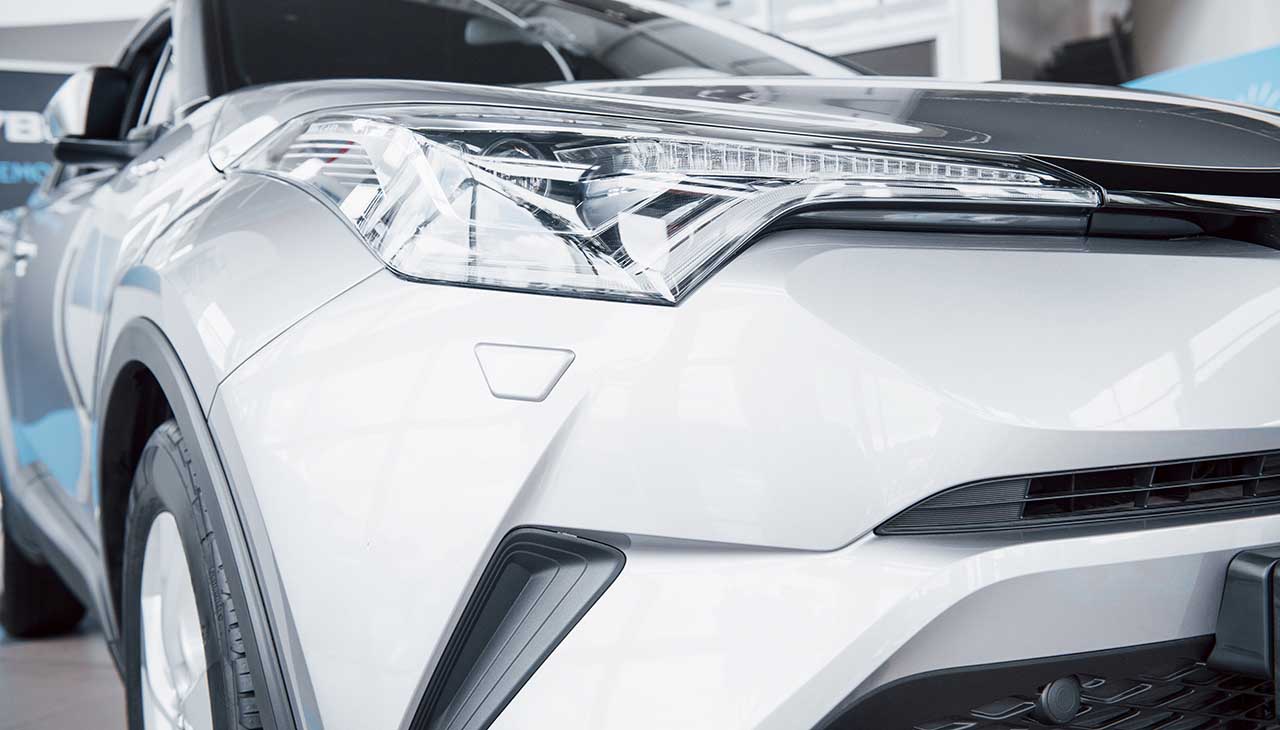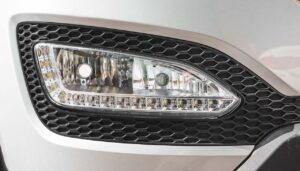How to Maintain and Care for Diamond Plate Surfaces on Your Vehicle
Introduction: The Allure and Practicality of Diamond Plate Surfaces on Vehicles
Diamond plate, recognizable by its raised, diamond-shaped pattern, is a popular material choice for vehicle surfaces and accessories due to its durability, slip-resistant texture, and striking appearance. Found on truck beds, toolboxes, running boards, and more, diamond plate not only enhances the aesthetic appeal of vehicles but also adds a layer of practical functionality. However, like any other component of your vehicle, diamond plate requires regular maintenance to retain its luster and functionality. This guide will walk you through the essentials of maintaining and caring for diamond plate surfaces on your vehicle.
Understanding Diamond Plate: What Is It and Why It’s Popular
Diamond plate, also known as tread plate or checker plate, is typically made from aluminum or steel. Its distinctive raised pattern adds grip and reduces the risk of slipping, making it an ideal choice for surfaces that might get wet or greasy. Here’s why it’s a go-to for many vehicle owners:
- Durability: Diamond plate is incredibly tough and can withstand heavy use and harsh conditions.
- Aesthetic Appeal: The shiny, textured surface adds a rugged yet polished look to any vehicle.
- Functionality: Its non-slip properties make it practical for areas that require extra traction.
Despite its robust nature, diamond plate requires proper care to maintain its appearance and performance. Neglect can lead to oxidation, dullness, and even corrosion over time.
The Importance of Maintenance
Proper maintenance of diamond plate is crucial for several reasons:
- Preservation of Appearance: Regular cleaning and polishing keep the diamond plate looking new and shiny.
- Prevention of Corrosion: Especially for steel diamond plate, maintenance helps prevent rust and other forms of corrosion.
- Enhanced Durability: Routine care ensures that the material retains its strength and functionality over time.
- Resale Value: Well-maintained diamond plate surfaces can contribute to a higher resale value for your vehicle.
Cleaning and Polishing Techniques
Keeping your diamond plate surfaces clean and polished is key to maintaining their allure and durability. Follow these steps to achieve the best results:
Step 1: Gather Your Supplies
You’ll need:
- Mild detergent or specialized aluminum cleaner
- Soft-bristle brush or sponge
- Water
- Clean, soft cloths
- Aluminum polish or metal polish
- Protective wax or sealant
Step 2: Initial Cleaning
- Rinse: Begin by rinsing the diamond plate with water to remove loose dirt and debris.
- Apply Cleaner: Mix a mild detergent with water or use a specialized aluminum cleaner. Apply this solution to the diamond plate using a soft-bristle brush or sponge.
- Scrub Gently: Scrub the surface gently, paying close attention to the grooves and raised patterns where grime can accumulate.
- Rinse Thoroughly: Once you’ve scrubbed the surface, rinse the diamond plate thoroughly with clean water to remove all soap residues.
Step 3: Polishing
- Dry Completely: Use a clean, soft cloth to dry the diamond plate surface completely before polishing.
- Apply Polish: Apply a small amount of aluminum or metal polish to a clean cloth. Rub the polish onto the diamond plate in small, circular motions.
- Buff to Shine: After applying the polish, use another clean cloth to buff the surface to a high shine. This step helps restore the diamond plate’s natural luster.
Protective Measures
To keep your diamond plate surfaces looking their best and to protect them from environmental damage, follow these tips:
Corrosion Prevention
- Regular Cleaning: Regularly cleaning the diamond plate helps prevent the buildup of corrosive substances like salt and road grime.
- Protective Coating: Apply a protective wax or sealant to create a barrier against moisture and contaminants. Products like car wax or specialized metal sealants work well.
Scratch Prevention
- Avoid Abrasive Tools: When cleaning, always use soft-bristle brushes or sponges to avoid scratching the surface.
- Use Mats or Liners: In areas like truck beds, consider using rubber mats or liners to protect the diamond plate from heavy impacts and scratches.
Environmental Protection
- Cover When Possible: If your vehicle is parked outside, use a cover to protect the diamond plate from harsh weather conditions, including rain, snow, and UV rays.
- Regular Inspections: Periodically inspect the diamond plate for signs of wear or damage, and address any issues promptly to avoid further deterioration.
Conclusion
Maintaining and caring for diamond plate surfaces on your vehicle is essential for preserving their appearance and functionality. Regular cleaning, polishing, and protective measures can go a long way in ensuring that your diamond plate remains a standout feature of your vehicle for years to come. Remember, a little attention to detail can make a significant difference in both aesthetics and performance.








